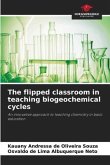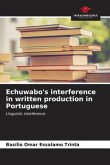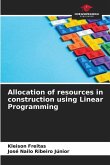Dramatic text is understood as that which is part of the literary form of drama and implies direct communication between the characters and the recipients of the enunciation, focusing on the dynamics of conflict, trying to represent human actions and reactions, through tragedy, comedy and drama (properly speaking), thanks to the presence of the characters. Thus, the aim of this work entitled "Using a Dramatic Text as Teaching Material in the Portuguese Classroom: case of Quelimane General Secondary School, 9th grade, Class H, C/D, 2017", was to understand the strategies of using dramatic text as a didactic resource in the Portuguese Class, given that, during the Portuguese Pedagogical Internship period, it was found that the student of Quelimane General Secondary School have little knowledge about dramatic texts, as well as having a lack of techniques to explore it in the Portuguese Class. Therefore, the dramatic text can be used as a basic component that aids cognitive, affective and playful development.
Bitte wählen Sie Ihr Anliegen aus.
Rechnungen
Retourenschein anfordern
Bestellstatus
Storno









